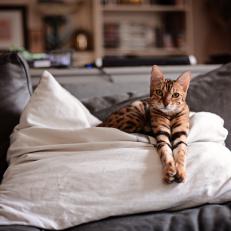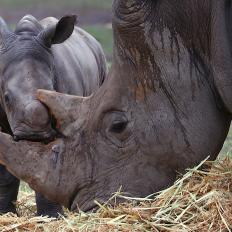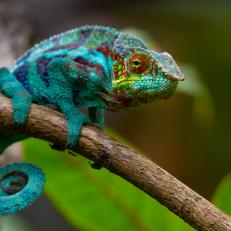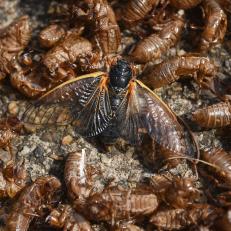How Tabby Cats Earned Their Stripes
What makes a cat a tabby? The answer has long eluded geneticists, until now.
Tabby cats are universally known for their distinctive stripes. From Garfield to Heathcliff, tabbys have made their mark on pop culture. .
"Tabby" isn't a breed; the word describes the distinct striped fur pattern among cats.
Scientists have long wondered what gives tabbys their stripes. This month, scientists found an answer.
In a recent study, scientists examined 200 litters of nonviable embryos to dive into the mystery of how stripes form in a developing cat.
The scientists found that differences in the embryo’s gene expression determined the colors of the hair follicles that would later grow. Meaning, seemingly identical cat skin cells can have different genetic signatures that result in different fur patterns later.
The gene vital to this process is known as Dickkopf 4 (Dkk4). Dkk4 produces a “pre-pattern” of thick and thin skin on the developing cat embryo, that later ends up mapping the pattern of their fur, with thick patches later being covered in darker fur, and thin patches in lighter fur.
These same findings could apply to how larger felines get their patterns too, like leopards, tigers, and cheetahs.
Discovering this gene is a big win for the scientific community. Continuing to further research and understand animal colors and patterns is a longstanding goal of evolutionary biologists.






















